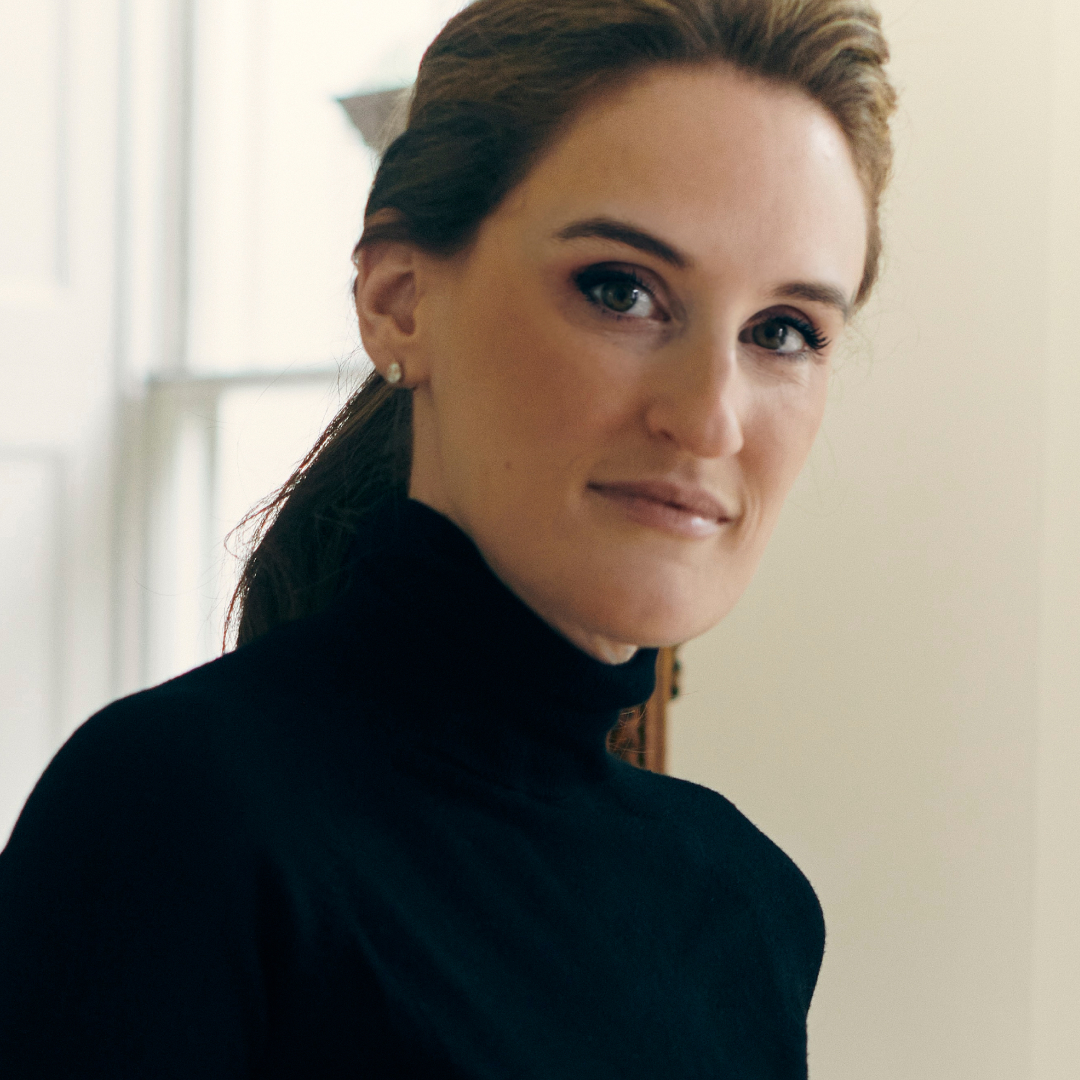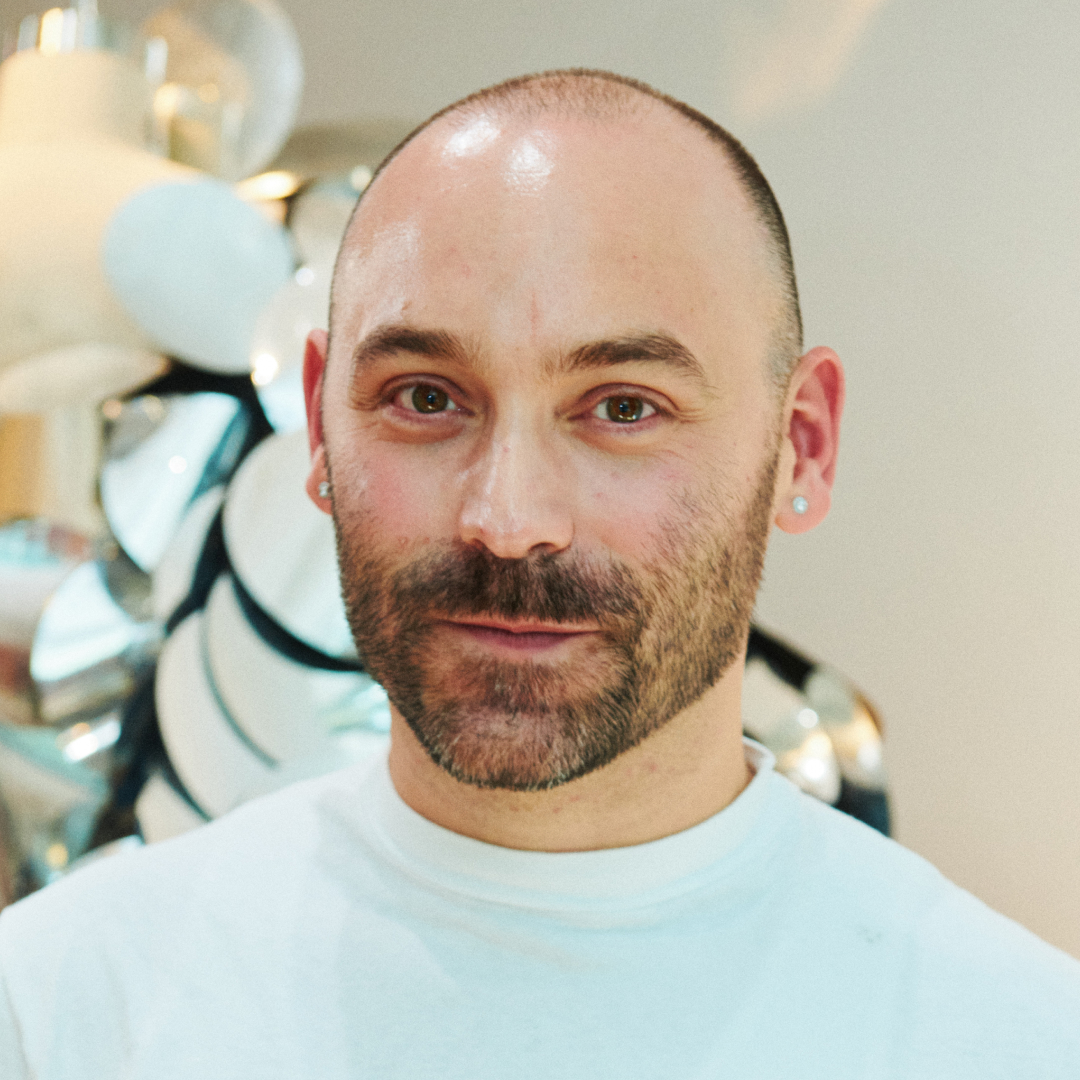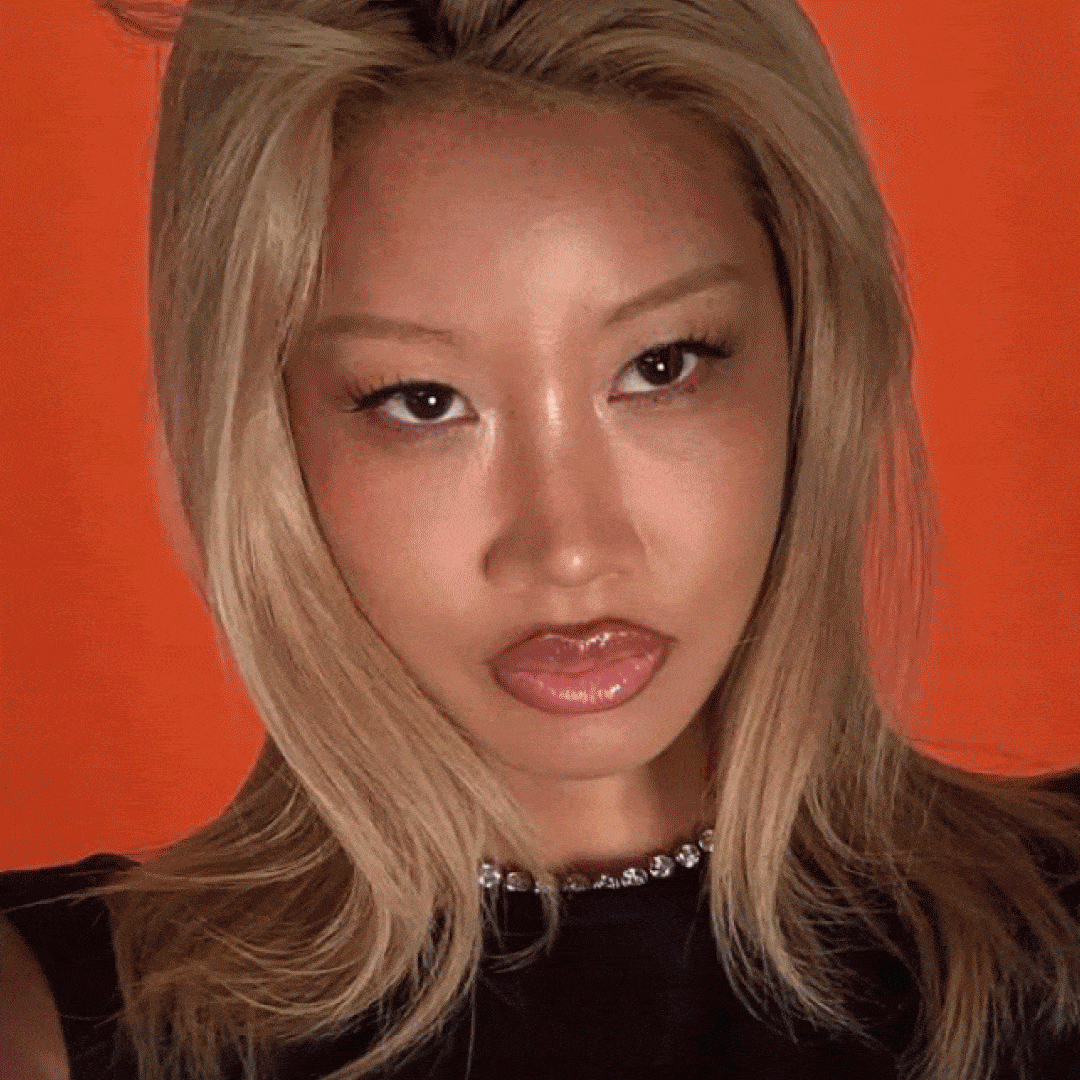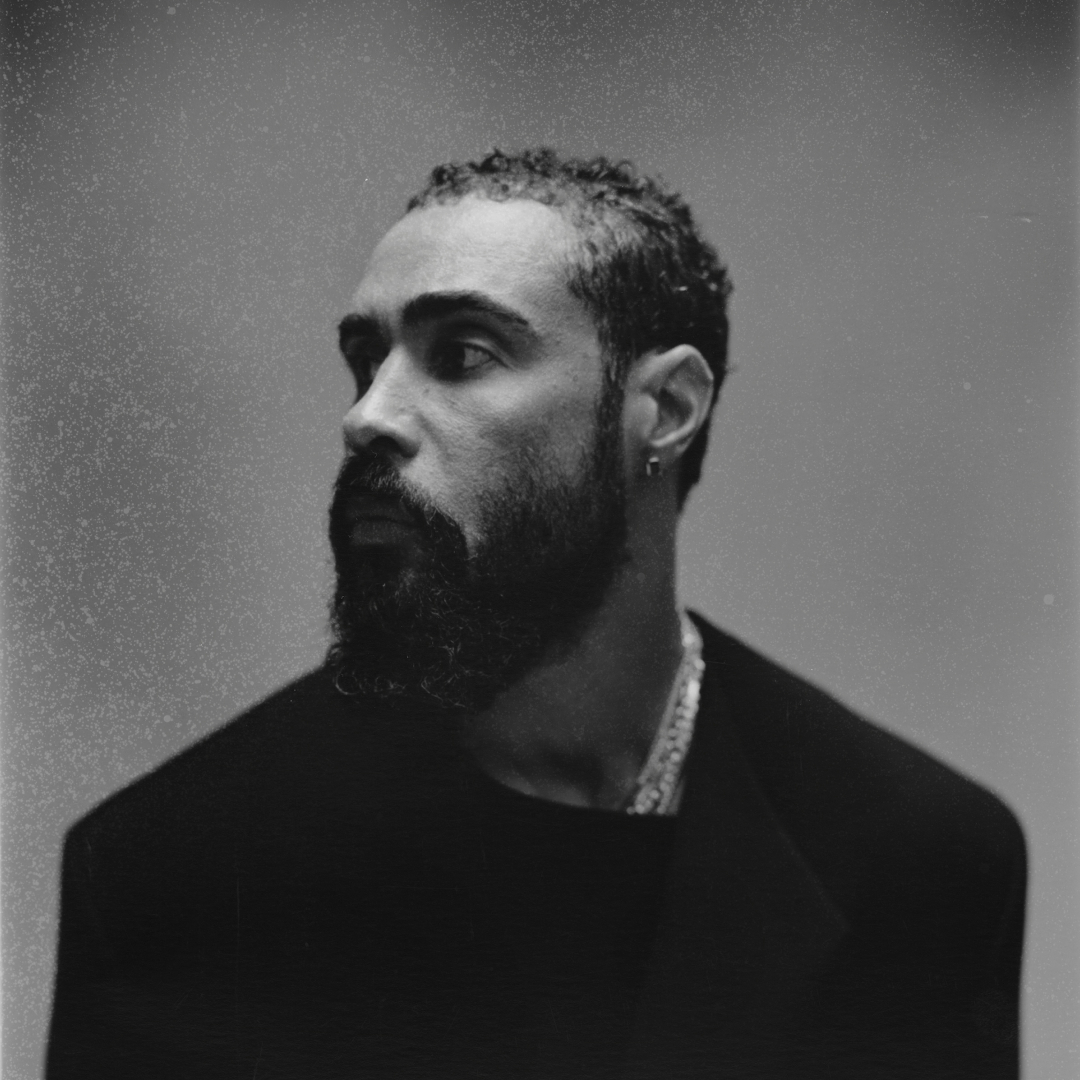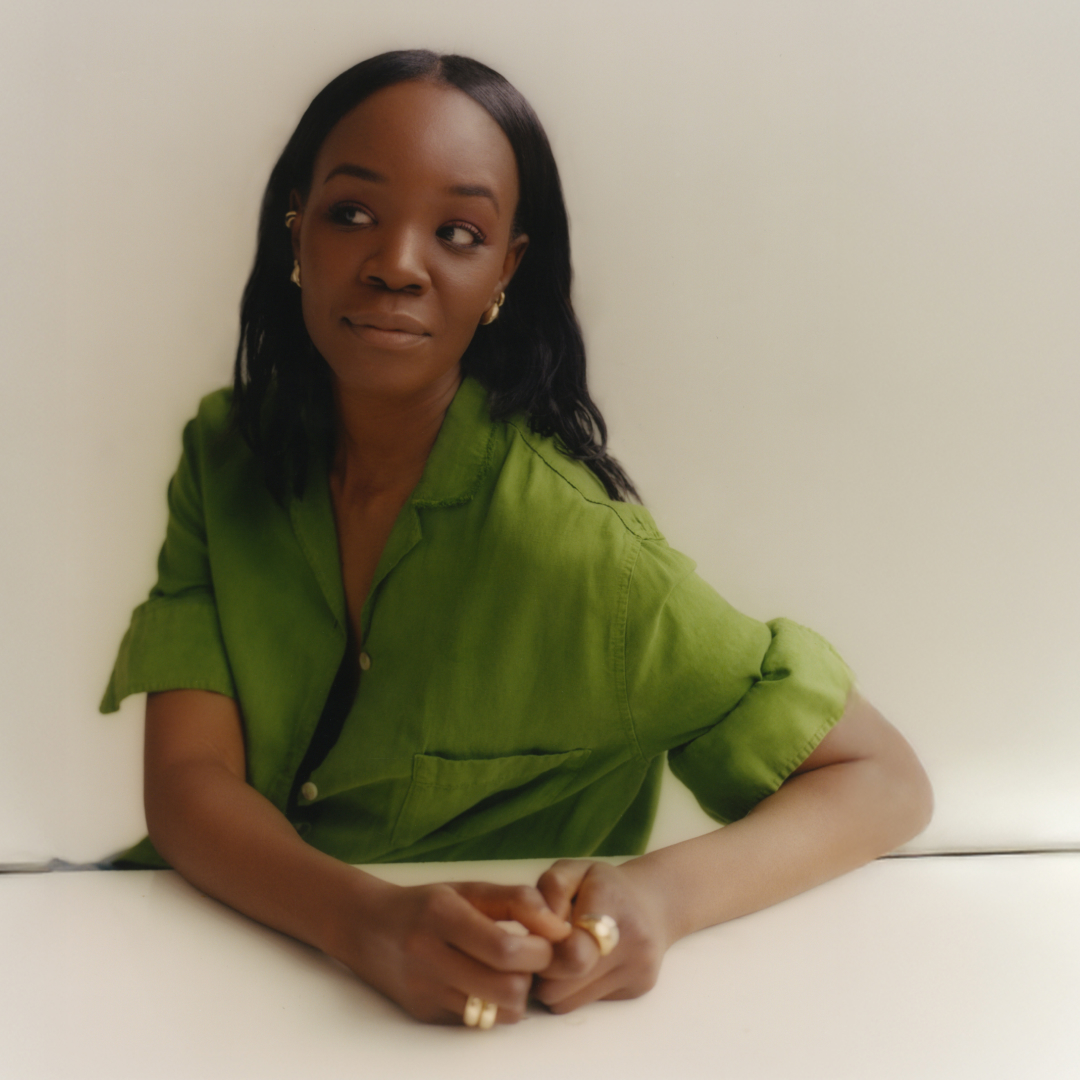Show Notes
Summary
At this year’s WSJ. Magazine Innovator Awards, Billie Eilish asked, “If you’re a billionaire, why are you a billionaire? Give your money away” — a line that instantly reverberated far beyond the room. It was a reminder of the event’s magnetic pull and its place as a mirror for culture’s contradictions. Under Editor in Chief Sarah Ball, WSJ. Magazine has become precisely that kind of reflection: glamorous, self-aware, and culturally indispensable.
In this episode, Ball reflects on her path from a D.C. household stacked with newspapers to leading a magazine that continues to grow in both influence and revenue. She speaks about the art of editing in an age of speed, the new language of luxury journalism, and the enduring power of a story told with precision and care.
“I loved beautiful glossy fashion and style media, but I also loved very tart writing about style and fashionable people — that eyebrow-raised, gimlet-eyed, social scorecard kind of writing that mixed elegance and critique.” - Sarah Ball
Episode Highlights
Episode Highlights:
- On Growing Up Surrounded by Media — Raised in a Washington, D.C. household that received five newspapers a day, Sarah describes an early life shaped by constant conversation, curiosity, and the sound of pages turning.
- On the Early Spark — Between Capitol Hill’s newsroom corridors and stacks of Vogue and Vanity Fair, she found herself drawn to storytelling that combined politics, aesthetics, and human behavior.
- On Robin Givhan’s Influence — She credits Givhan’s fashion criticism for teaching her that clothing could be language — a way to read power, politics, and cultural change.
- On the London Years — A summer at the Associated Press covering the highs and lows of early-aughts London — from Kate Moss’s tabloid saga to art auctions and nightlife — cemented her love for culture writing.
- On the Golden Age ofanity Fair — She recalls the thrill of that newsroom under Graydon Carter: “You don’t know you’re in a golden age until the golden age is over.”
- On Quality Over Quantity — Ball resists the speed-at-all-costs mentality of digital publishing: “If what you’re serving is reheated garbage, are you really going to keep that reader?”
- On The WSJ. Audience — She describes WSJ. Magazine as a luxury product with a discerning readership: “They pay a lot to access our content, therefore they expect a lot.”
- On Visual Storytelling — A cover, she says, must surprise: “It has to show you someone in a new light — a story and an image that feel like an experience you can’t get anywhere else.”
- On Video and the Future of Formats — Ball sees video — particularly conversational formats like podcasts on camera — as one of the most powerful frontiers in media: “The informality of the video podcast is replacing entire swaths of traditional television. These conversations now shape culture in real time.”
- On What’s Contemporary Now — For Ball, it’s humor. “A playful and unself-serious sense of humor feels most contemporary — people laughing together again, not at each other.”
Notable Quotes:
“My formative early years were very nosy, very inquisitive, and really shaped by a deeply periodical-consuming family. We got five newspapers delivered to my house every day — huge stacks of New Yorkers, Atlantics, National Journals, Guardians, Washington Posts, New York Times — everything. It looked like a newsstand where you’re navigating piles that might fall on you at any moment. That’s a cartoonish version of my childhood, but it’s not far off.”
“I loved beautiful glossy fashion and style media, but I also loved very tart writing about style and fashionable people — that eyebrow-raised, gimlet-eyed, social scorecard kind of writing that mixed elegance and critique. Robin Givhan, especially, showed me that fashion writing could be political, historical, and cultural all at once — that clothes could tell the story of a country.”
“Through school, I thought I wanted to cover politics — the swashbuckling feature storytelling around political actors. But halfway through college, working in London for the Associated Press, I realized I was more drawn to writing about culture. I fell in love with the energy of it — the chaos, the glamour, the absurdity — and thought, okay, maybe this is actually where I belong.”
“Vanity Fair was a golden age. You don’t know you’re in one until it’s over. Those years shaped my editorial taste and my sense of what’s a story and what’s not. It was a place that set a high bar for writing and craft, but it was also incredibly fun — you could publish a royal tour one day and a satire about the Hamptons the next. It felt like half journalism, half writer’s room.”
“Graydon Carter was obsessed with good writing. He only wanted good writers to work for him. He wanted stories that gave you new information in the most delightful and lively way possible — multiple acts, a bit of theater, a sense of pleasure. That has never left me.”
“There’s always nostalgia in media — every generation thinks the one before was more glamorous, more daring, more free. I’ve never been in this business without that undercurrent of ‘Oh, it was so much better then.’ Maybe that’s the occupational hazard of people who document culture — we always want to memorialize the moment just before it slips away.”
“I really believe quality wins out. It sounds simple, almost like a fortune cookie, but I’ve worked through twenty years of digital transformation where speed and volume were treated as the ultimate goals. I’ve always thought: if what you’re publishing is reheated garbage, are you really going to keep that reader? Probably not. So the job is to make sure what we serve is worth the appetite.”
“The Wall Street Journal is a luxury product. People pay a lot to access it, so they expect a lot. Meeting that expectation means offering information and visual experiences they can’t find elsewhere — stories that feel crafted, not recycled, and images that feel sumptuous, not disposable.”
“A cover has to surprise. It has to have new visual information. You should see someone in a new light — whether that’s a business leader or an actor. Famous people can speak to their fans directly now, so our challenge is to make the story and the image feel like an experience they can’t get anywhere else.”
“I genuinely believe what’s contemporary now is a playful and unself-serious sense of humor. For all the heaviness of the past decade, there’s something refreshing about watching people laugh together again — not with snark, not with cruelty, but with this collective wit that’s emerging online. That feels new, and that feels hopeful.”

